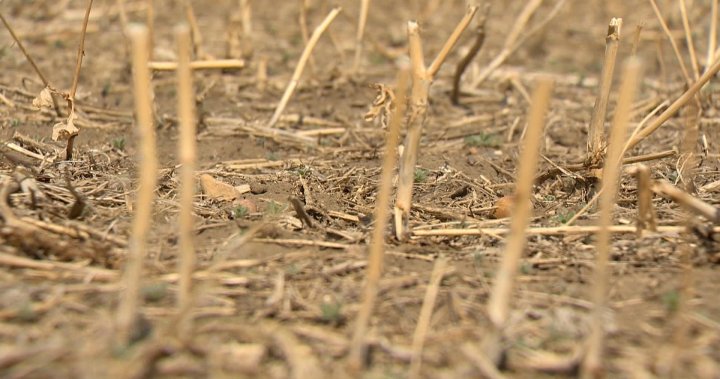The parched fields of southern Saskatchewan tell a story more dire than statistics alone can convey. As cracked soil stretches across once-fertile farmland, 34 rural municipalities have taken the extraordinary step of declaring a state of agricultural disaster amid what many are calling the worst drought conditions in decades.
“We’re witnessing crop failure rates approaching 80 percent in some areas,” said Ryan Scragg, reeve of the Rural Municipality of Caledonia. “Fields that should be lush with growing crops are instead barren and dusty. Many farmers haven’t seen conditions this severe in their lifetime.”
The Agricultural Producers Association of Saskatchewan (APAS) confirms that precipitation levels across the southern region are tracking at less than 40 percent of normal seasonal amounts. This devastating moisture deficit follows an already challenging 2023 growing season, creating a compound crisis for the province’s agricultural sector.
The economic implications extend far beyond individual farms. Saskatchewan’s agricultural output, valued at approximately $17 billion annually, forms the backbone of the provincial economy. Early projections suggest crop yield reductions could result in economic losses exceeding $2 billion if substantial rainfall doesn’t arrive soon.
Provincial Agriculture Minister David Marit acknowledged the severity of the situation during a press conference in Regina. “We recognize the extraordinary challenges our producers are facing. The provincial government is actively exploring support measures, including potential adjustments to crop insurance programs and emergency relief funding.”
The drought’s effects are compounding daily. Livestock producers report rapidly depleting water sources, with dugouts and small reservoirs already dry or dangerously low. Feed shortages loom as pastures fail to produce sufficient forage, forcing many ranchers to consider selling portions of their herds at depressed prices.
“This isn’t just about this year’s crop,” explained Dr. Barbara Wilson, agricultural economist at the University of Saskatchewan. “The long-term implications for soil health, farm financial stability, and rural community viability are profound. Many operations are facing existential threats if conditions don’t improve.”
Federal involvement may become necessary as the crisis deepens. The Canada News section of our website has previously reported on Agriculture Canada’s assessment that climate change is increasing both the frequency and severity of drought conditions across the prairie provinces.
Weather forecasts offer little immediate hope. Environment Canada’s seasonal outlook projects continued below-average precipitation through at least mid-July, the critical growing period for many crops. Some municipalities have implemented water conservation measures, while others are arranging emergency water delivery services for affected residents.
The rural municipalities’ declaration serves as both a call for assistance and an administrative mechanism that may enable access to emergency relief programs. Previous drought emergencies in Western Canada have triggered federal-provincial response frameworks, including tax deferral programs and special risk management provisions.
Community response has been swift. Local agricultural associations are organizing hay donation programs, and some urban residents are offering water from private wells to neighboring livestock operations. These grassroots efforts highlight the resilience of Saskatchewan communities while underscoring the severity of the situation.
As Saskatchewan faces this mounting crisis, the question emerges: Will our agricultural support systems, designed in a different climate era, prove sufficient for the increasingly volatile weather patterns that appear to be the new normal for Canada’s breadbasket?










